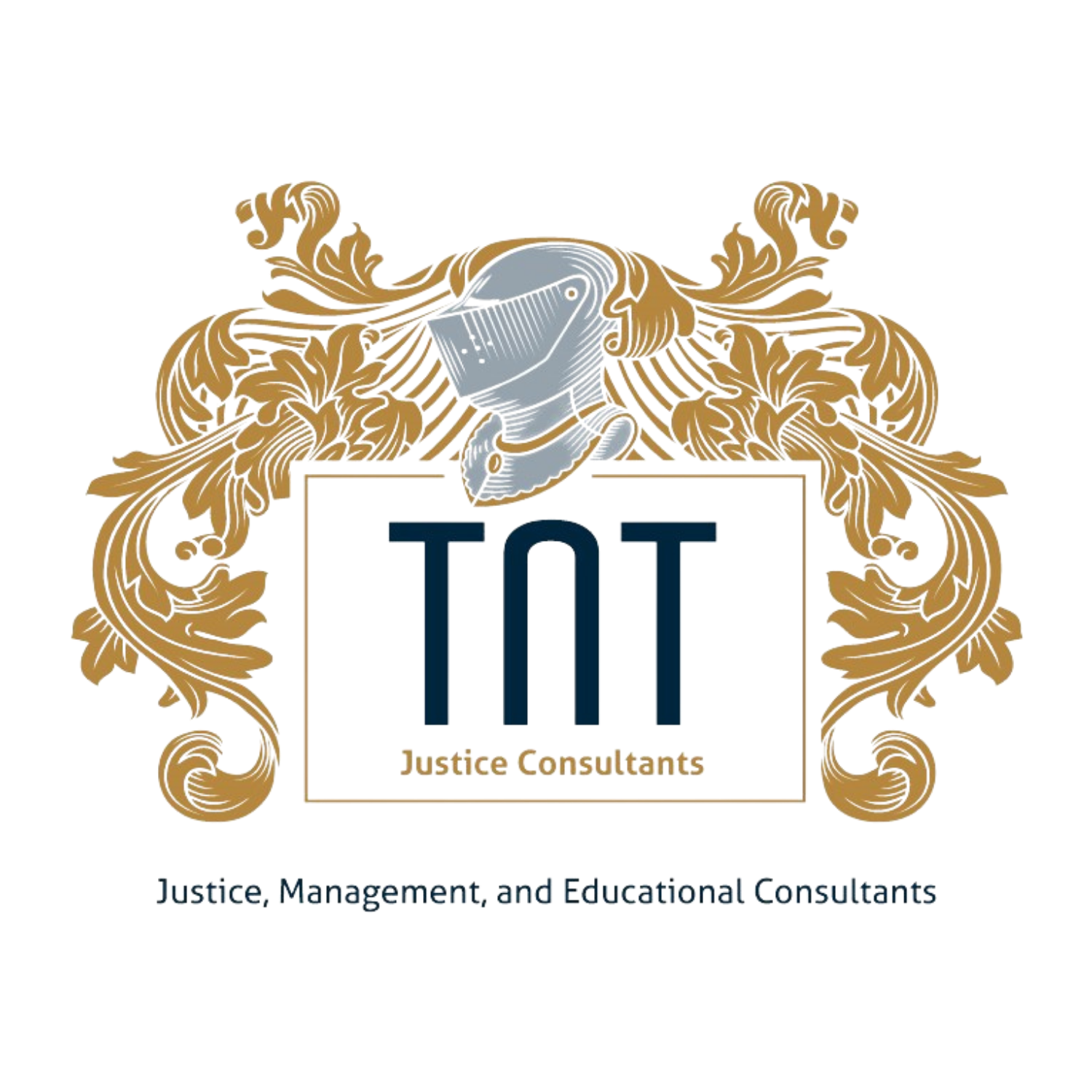What Educators-Allies Can Do on April 13, International Day of Pink
By Dr. Nitin Deckha
On April 13, the International Day of Pink, 2SLGBTQQIA (Two-spirited, lesbian, gay, bisexual, transgender, queer, questioning, intersex and asexual) youth and allies shine a light on the affirmations and expressions of diverse gender and sexual identities. However, allies should also illuminate the often-invisible structures and discourses that reinforce gender- and sexual-restrictive policies and practices that reproduce marginalizing and potential harmful gender binaries and heteronormativity. We only need to observe the ongoing political and legal attempts to silence the ongoing dialogue in schools and among youth about gender diversity, including the affirmation and expression of transgender identities, that is occurring in certain US states. Only last week, the Alabama state legislature voted to criminalize medical care for transgender young people who are transitioning and restricted curriculum on gender and sexuality for primary schools students in ways that are more restrictive than Florida’s “Don’t So Gay” bill (Rojas, R. & Mzezewa, T., 2022).
In Ontario the legal situation is more secure, with gender identity and expression a protected ground in the Ontario Human Rights Code since 2012. However, this hardly means the struggle for visibility, acceptance, belonging and safety is over for 2SLGBTQQIA youth. Certainly, the mandating of GSAs (formerly Gay-Straight Alliances and now Gender-Sexuality Alliances) in Ontario has been vital to enhance 2LSGBTQQIA visibility, safety and belonging in schools. Hosted by a teacher-sponsor, GSAs are in-school, extra-curricular student organizations that, as Bain and Podmore (2020) argue, “play valuable social supporting and activist roles for LGBTQ2S youth as spaces of essential “surplus visibility” (p. 1224). This notion of “surplus visibility” speaks to the importance of being seen and heard, occurring when “traditionally powerless and marginalized groups challenge the expectation that they should be invisible and silent” (Patai, 1992, p. 35); indeed, for those in positions of power (such as legislators in Florida and Alabama), “any space that minorities occupy appears excessive and the voices they raise sound loud and offensive” (Patai, 1992, 35). Of course, ‘showing up’ to a GSA is not without risk. Students who joined a GSA might feel instantly ‘outed,’ and in many schools, student still have to struggle to form GSAs (Bain & Podmore, 2020) However, Fetner and Elafros (2015) argue, and research on the Every Teacher Project (2016) confirm, that having GSAs in schools raises the visibility of gender- and sexual-diverse identities and expressions, helps nurture a more inclusive school culture which features lower instances of victimization, greater allyship across teachers and educators along with a heightened sense of belonging.
As such, educators-allies play important roles in creating more inclusive school spaces and cultures. However, as Martino, Kassen, J., & Omercajic, K. (2020), note, when it comes to supporting transgender students’ gender transitioning and affirmation, too often an individualist, accommodation approach is pursued. This, they argue, often does little to disrupt still-dominant gender-binary and heteronormative ideologies, which, while critiqued in official curriculum, are reinforced in the ‘hallway curriculum’ that students and youth have to face on a daily basis. Furthermore, they argue that “it is only when the trans student appears that the need to address gender diversity and to enact trans inclusion arises” (2020, p. 8). This is often a result of parental requests and that of “out” trans students and adopts an approach of ‘individual accommodation,’ rather than enacting school-wide policies and practices where gender is discussed and taught to disrupt normative cis-gender frameworks.
So, on this International Day of Pink, as educators and allies, we should go beyond the necessary, but performative displays, and work to construct gender- and sexual-diverse (school/workplace) cultures, thereby shining a light on not only the salience of 2LGBTQQIA visibility, but also making visible the restrictive discourses on gender and sexuality that seek to hide this visibility.
References:
Bain, A. L. & Podmore, J. A. (2020). Challenging heteronormativity in suburban high schools through “surplus visibility”: Gay-Straight Alliances in the Vancouver city-region. Gender, Place and Culture : a Journal of Feminist Geography, 27(9), 1223–1246 https://doi.org/10.1080/0966369X.2019.1618798
Fetner, T. & Elefaros, A. (2015). “The GSA Difference: LGBTQ and Ally Experiences in High Schools with and without Gay-Straight Alliances.” Social Sciences 4 (3): 563–581. (doi:10.3390/socsci4030563.
Martino, Kassen, J., & Omercajic, K. (2020). Supporting transgender students in schools: beyond an individualist approach to trans inclusion in the education system. Educational Review (Birmingham), 1–20. https://doi.org/10.1080/00131911.2020.1829559
Patai, D. (1992). “Minority Status and the Stigma of “Surplus Visibility.” Education Digest 57 (5): 35–37.
Rojas, R. & Mzezewa, T. (2022). Alabama lawmakers approve ban on medical care for transgender youth. New York Times. April 7. https://www.nytimes.com/2022/04/07/us/alabama-transgender-youth-bill.html?smid=url-share Taylor, Meyer, E. J., Peter, T., Ristock, J., Short, D., & Campbell, C. (2016). Gaps between beliefs, perceptions, and practices: The Every Teacher Project on LGBTQ-inclusive education in Canadian schools. Journal of LGBT Youth, 13(1), 112–140. https://doi.org/10.1080/19361653.2015.1087929
